The son of the founder of Tiffany’s, he was an American artist and designer who worked in the decorative arts and is best known for his work in stained glass.
Tiffany started out as a painter but became interested in glassmaking from about 1875 and worked at several glasshouses in Brooklyn between then and 1878.
In 1879, he joined with Candace Wheeler, Samuel Colman and Lockwood de Forest to form Louis Comfort Tiffany and Associated American Artists. Tiffany’s leadership and talent, as well as by his father’s money and connections, led this business to thrive.
In 1881 he did interior design of the Mark Twain House in Hartford, Connecticut, which still remains The most notable work came in 1882, when President Chester Alan Arthur refused to move into the White House until it had been redecorated. Tiffany was commissioned for the interior design work, to redo the state rooms, which Arthur found charmless. Tiffany worked on the East Room, the Blue Room, the Red Room, the State Dining Room and the Entrance Hall, refurnishing, repainting in decorative patterns, installing newly designed mantelpieces, changing to wallpaper with dense patterns, and, of course, adding Tiffany glass to gaslight fixtures, windows and adding the opalescent floor to ceiling glass screen in the Entrance Hall.
A desire to concentrate on art in glass led to the breakup of the firm in 1885, when Tiffany chose to establish his own glassmaking firm later that same year. The first Tiffany Glass Company was incorporated on December 1, 1885, and in 1902 became known as the Tiffany Studios.
In the beginning of his career, Tiffany used cheap jelly jars and bottles because they had the mineral impurities that finer glass lacked. When he was unable to convince fine glassmakers to leave the impurities in, he began making his own glass.
Though he is best known for his stained glass, Lewis Comfort Tiffany also designed blown glass, ceramic, and metal works. The Tiffany lamp, a desk lamp with a stained glass shade made popular by Louis Comfort Tiffany, is one of the best known examples of the Art Nouveau style and continues to be frequently copied.
Charles Lewis Tiffany supported his son’s artistic career, and Tiffany Studios products were often offered in the Tiffany and Company store in Manhattan. After his father’s death in 1902, Louis became Artistic Director of the store, which is still a popular jewellery manufacturer today and has outlets around the world. Tiffany Studios closed in 1928, and Louis died soon afterwards, on 17 January 1933, leaving a legacy of breathtaking glass works that continue to have an influence in the world of fine and decorative arts.
The Charles Hosmer Morse Museum of American Art in Orlando, Florida currently houses the largest collection of Tiffany’s artwork. Laurelton Hall, a home in Oyster Bay, Long Island that Louis Comfort Tiffany designed and lived in from 1905, was donated to a foundation for art students, but was unfortunately destroyed by a 1957 fire. The Metropolitan Museum of Art in New York City opened an exhibit on Laurelton Hall in 2006.

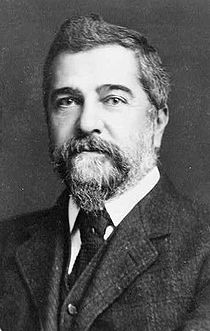
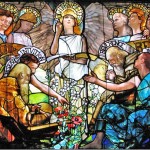
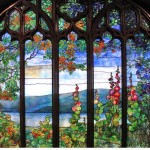
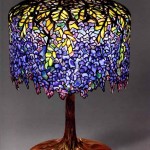

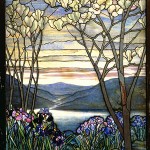
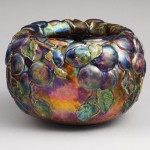
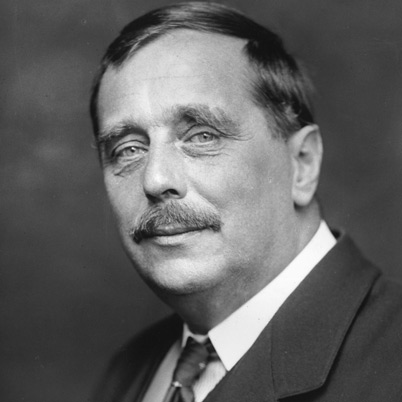
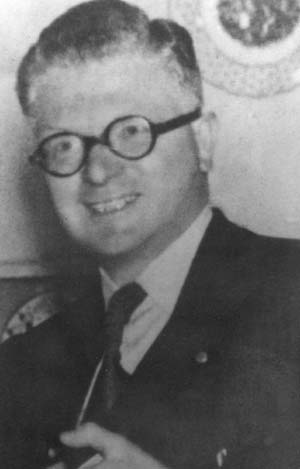
![The Televisor. Successful Baird Demonstration [Video]](https://gaukantiques.com/wp-content/uploads/2013/03/john-logie-baird.jpg)






